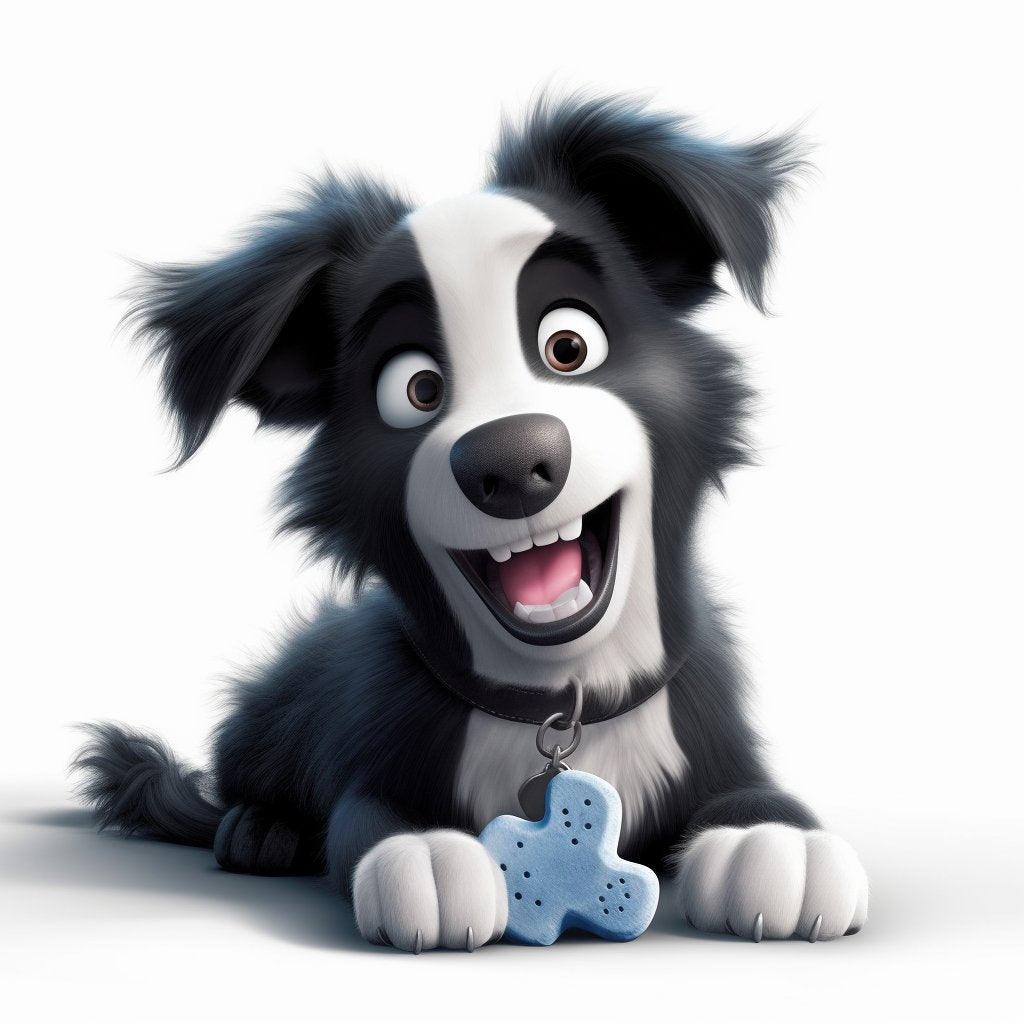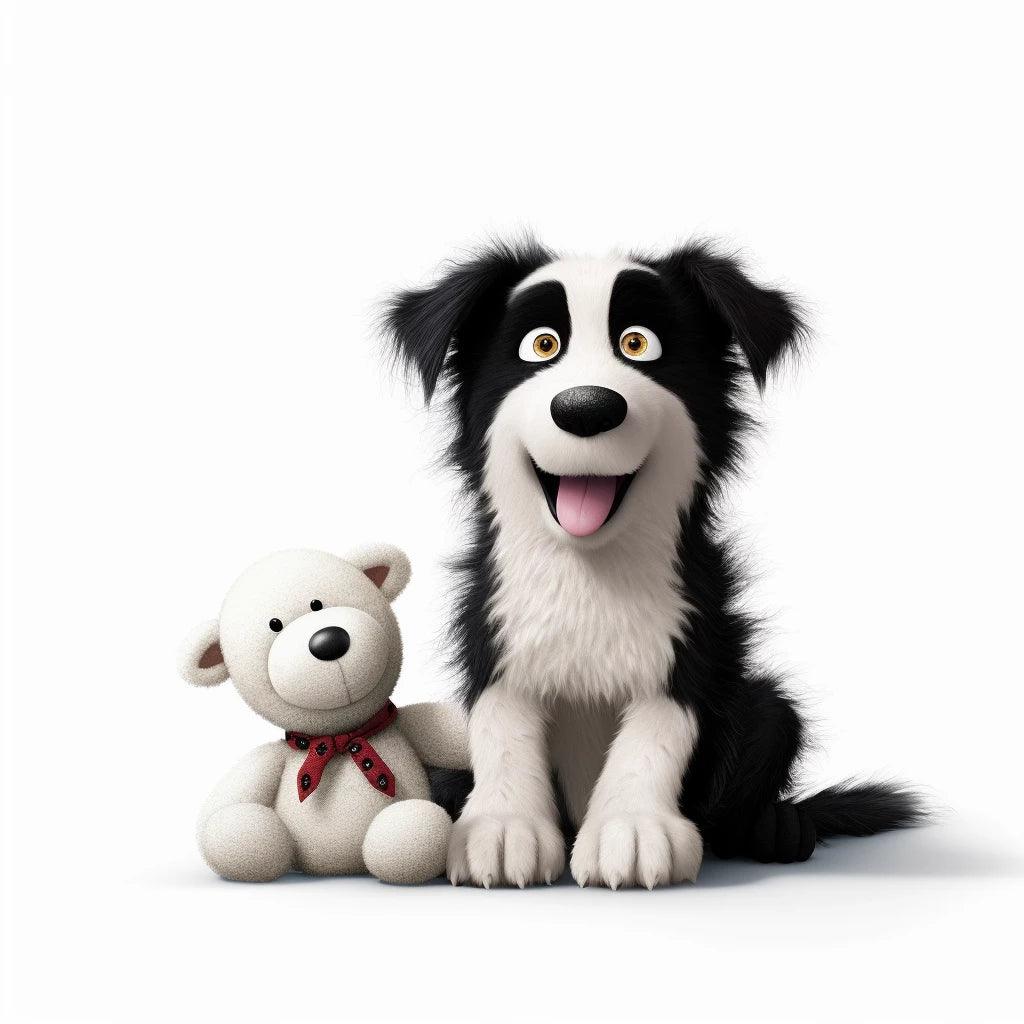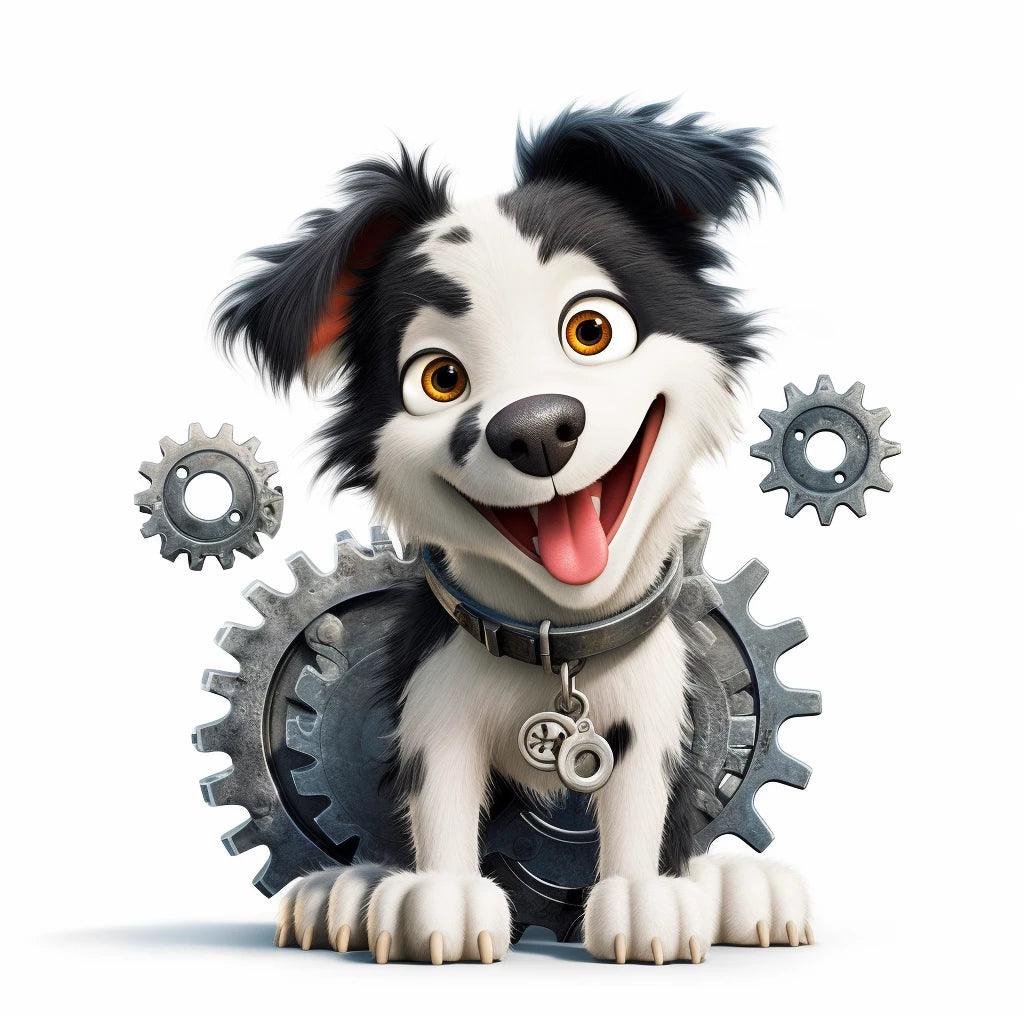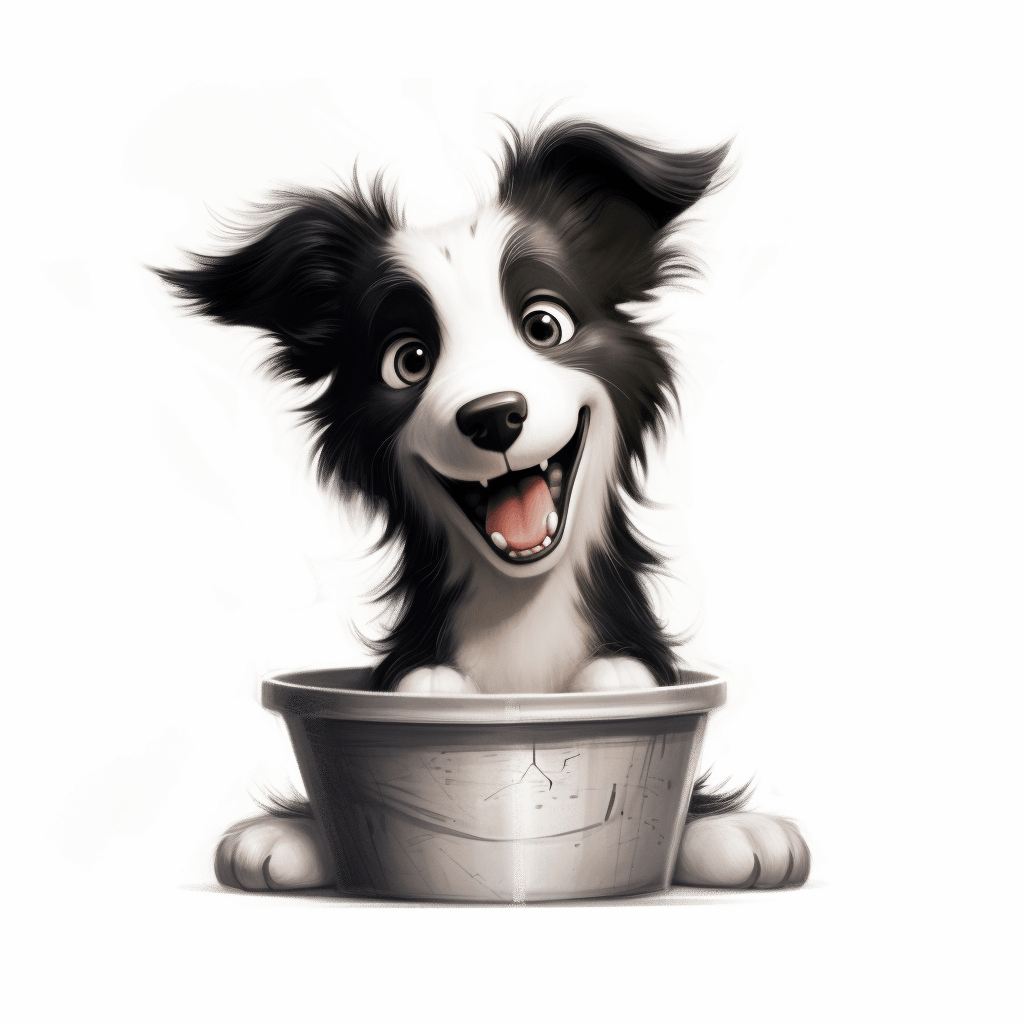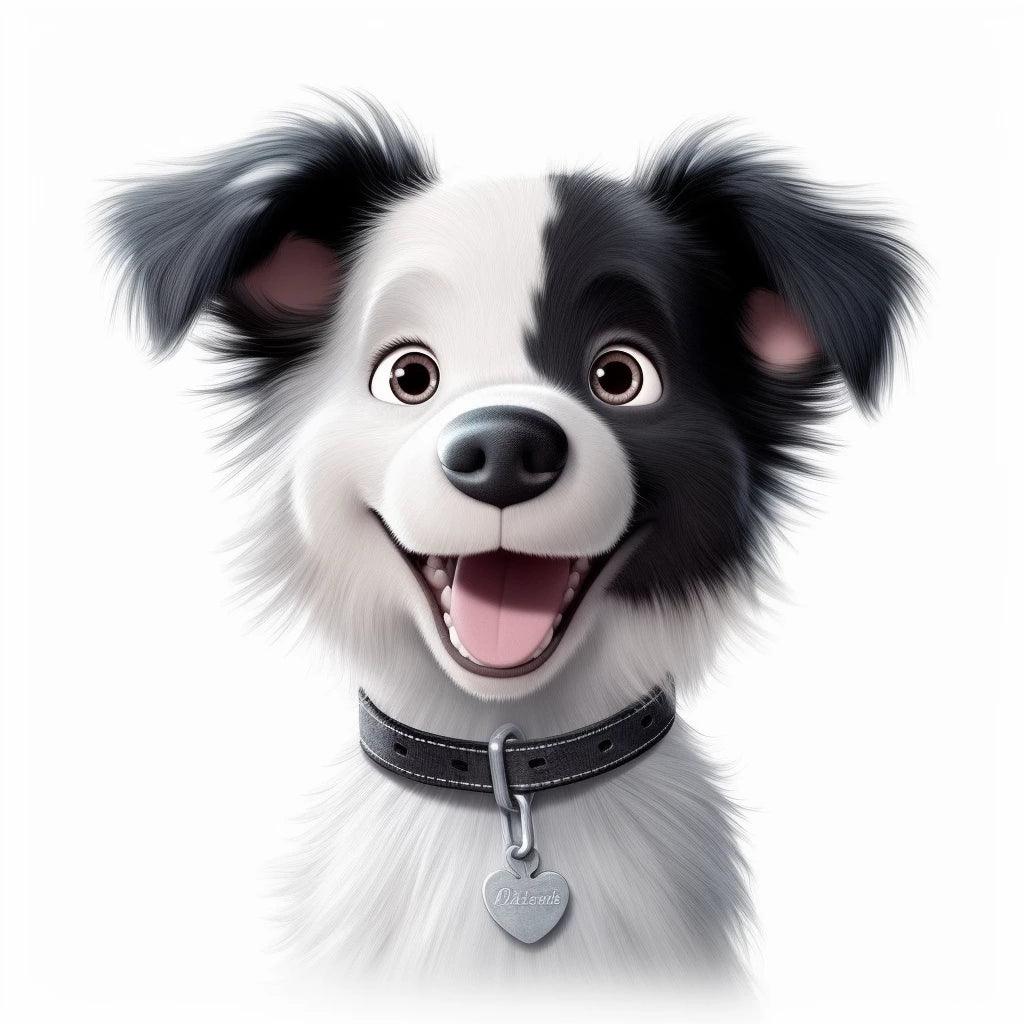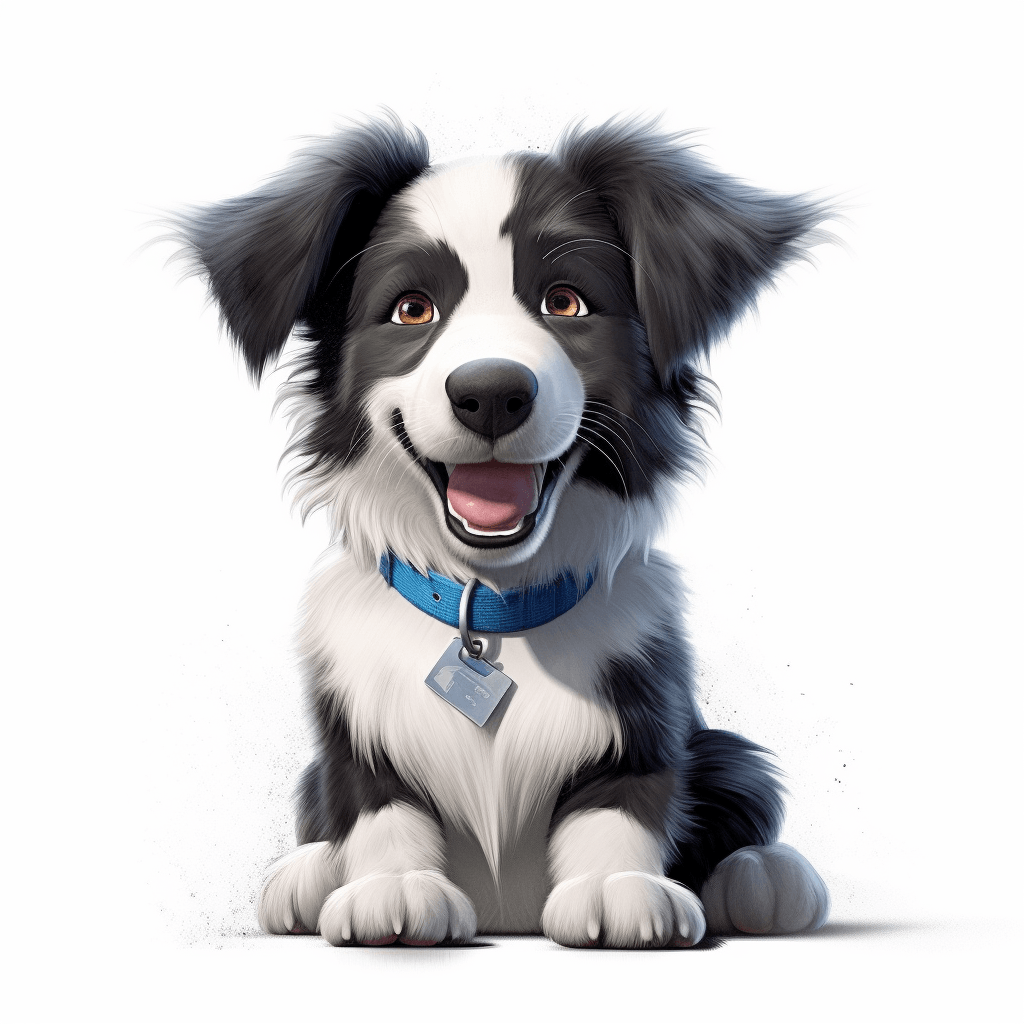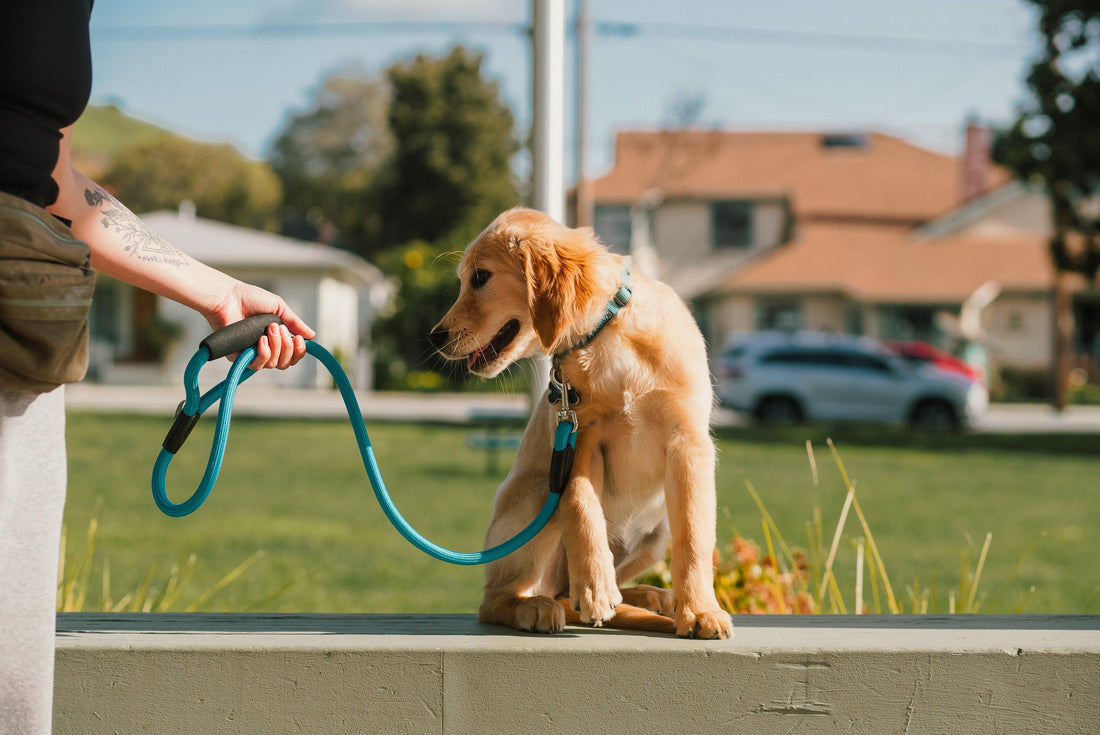
The leash, an essential tool for your puppy
Share
Raising a puppy is an exciting adventure, full of challenges and rewards. Among the many tools at our disposal to help train our four-legged friends, the leash holds a special place. It is much more than just a way to control your dog's movements during walks. It is an essential learning tool, especially during your puppy's first year of life.
The importance of the leash in puppy training
It is common to see puppies staying near their owners without a leash. This can make it seem like the leash isn't necessary. However, as the puppy grows, unwanted habits may develop. The leash provides control over where your dog can and cannot go, which is crucial during the first year of training, even indoors.
Leash training: a positive approach
Traditionally, leash training relied on creating an unpleasant consequence when the dog did not behave in an ideal manner. Today we know that it is better to motivate our dogs to want to do something rather than correct them for unwanted behaviors. This makes training more enjoyable and your dog progresses more quickly.
The first steps with the leash
When you begin leash training your puppy, it is important to start in a calm, familiar environment. Many puppies like to chew on their leash. If this is the case, use a treat to distract his attention from the leash. Reward him generously with small treats for each step he takes with you.
Leash training in the real world
Once your puppy is comfortable on the leash indoors, it's time to go outside. It is important to distinguish a training walk from a normal walk. A training walk has no specific destination. The goal is simply to get your dog to pay attention to you while you are on the other end of the leash.
Dealing with distractions
When leash training your puppy in a new environment, you need to be tolerant of distractions. It's simply part of the experience of being a puppy. Use distractions as training opportunities to teach your puppy to listen to you despite distractions.
Patience is the key
Leash training is trickier than it seems. Puppies grow quickly, their legs lengthen, their muscles strengthen and their natural rhythm increases. They have no idea that they walk faster than you. You will therefore need to be very patient and vigilant throughout the first months of leash training.
The leash is a valuable tool in training your puppy. It allows you to control his environment and help him develop good habits. The positive approach, based on motivation and reward, makes leash training enjoyable and effective. Remember, patience is key. Each puppy is unique and progresses at its own pace. With patience, consistency and lots of love, your puppy will learn to walk alongside you, safely and happily.
FAQ on Leash Use in Dog Training
Q1: What type of leash is best for a puppy?
A1: For a puppy, a lightweight nylon or cotton leash is ideal because it is both durable and gentle on the hands. Prefer a medium length for optimal control without completely restricting the puppy's freedom of movement.
Q2: At what age can you start using a leash for training a puppy?
A2: You can start getting your puppy used to a leash at 8 weeks old. Start with short sessions in a familiar environment to gradually acclimatize him.
Q3: How can I teach my puppy not to pull on the leash?
A3: Use rewards and verbal encouragement to praise your puppy when he walks calmly beside you. If your puppy starts pulling, stop and only resume walking when he calms down. Consistency is key.
Q4: Does the length of the leash influence learning to heel?
A4: Yes, a medium length leash (around 1.5 to 2 meters) is best for teaching heeling, as it provides a balance of control and freedom, allowing the puppy to learn to follow your pace without feeling too constrained.
Q5: Are there alternatives to the traditional leash for training a puppy?
A5: Yes, retractable leashes can provide more freedom of movement in secure environments, but they are generally recommended for puppies already used to the leash. For training, training harnesses can also be a good alternative, especially for puppies who pull.
Q6: What should I do if my puppy bites his leash?
A6: If your puppy bites his leash, redirect his attention to a toy or treat. Avoid pulling the leash from his mouth, as this may encourage play behavior. Teaching the "loose" command can also be very helpful in this situation.
Q7: Is the leash necessary for all types of outdoor activities?
A7: Although a leash is essential for walking in urban areas or places where it is required by law, in secure, fenced areas you can allow your puppy to roam freely to explore, while still monitoring his or her puppy. behavior.
Q8: Can a leash be used for indoor training?
A8: Yes, using a leash indoors can help control your puppy during training sessions and direct him when learning new commands or behaviors.
Q9: What is the recommended length of time for a puppy walk?
A9: Walks should be short for young puppies, usually 5-10 minutes for very young ones, gradually increasing as they age and develop endurance.
Q10: How do I maintain my puppy's leash to ensure its durability?
A10: Clean the leash regularly with soapy water and let it air dry. Inspect the leash for signs of wear and replace it if necessary to keep your puppy safe.
To discover :

